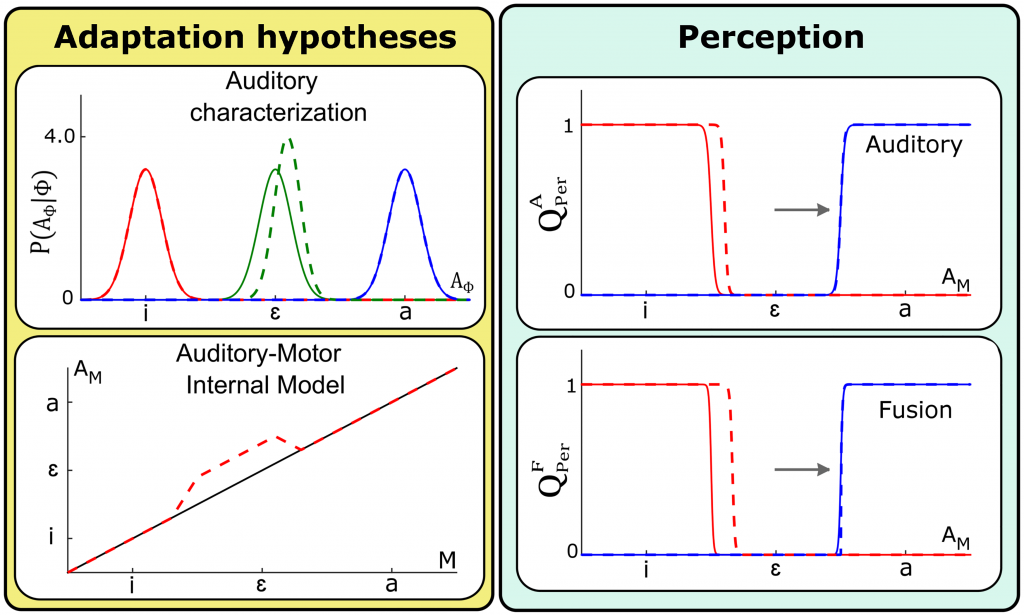While Speech Perception Research is a large and dynamic area of study, some recent findings can be summarized in a way that helps us better approach second language learning and teaching.

Accent-Independent Ataptation to Foreign Accented Speech
Accent-independent adaptation to foreign accented speech indicates that training on a set of foreign accents produces significant gains in comprehension with those accents as well as other non-training-set foreign accents. The idea is that foreign accents are systematic (in relation to the native foreign language), and learning a set of accents is generalizable across other accents.
Possible Ramifications
For second language learners who second langauge has a set of accents in general, training on these accents, in addition to a primary general standard speakers, could be of assistance. For example, in Thailand a majority of the population does not have Standard Thai as a mother tongue and to some degree have accents that are shaped by their native language (with the largest number of speakers represented by: Isan, Northern Thai, and Southern Thai).
Practice with representative speakers of these mother tongues will increase overall understanding of the variety of accents of speakers of Standard Thai.
Perceptual Learning of Time-Compressed Speech
Perceptual Learning of Time-Compressed Speech indicates that specific training on Time-Compressed Speech, and subsequent follow-up training and exposure induces better understanding to a greater degree than expected.
Possible Ramifications
Time-Compressed, or fast speaking language should be introduced and integrated into second language learning, as a special aspect, with follow up training.
Reverse Hierarchies and Sensory Learning
Reverse Hierarchies and Sensory Learning discusses a useful theory to how second language learners make phonetic discrimination that relies on already built-up higher-level constructs rather than lower-level data that is available.
Our typical perceptual experiences (i.e. our conscious perception) reflect only the information stored at higher levels.
Possible Ramifications
RHT is a powerful approach to understanding learning and perception in general. It can provide a clear explanation for second language learners why they don't hear a sound properly. It also provides a clear way to devise training on things such as novel sounds and lexical characteristics in a second language.
Auditory-Perceptual Learning Improves Speech Motor Adaptation in Children
Auditory-Perceptual Learning Improves Speech Motor Adaptation in Children underscores the importance of hearing to speech production. Focused training on speech perception provides a stronge catalyst for speec production.
Possible Ramifications
Auditory feedback as a mechanism for auditory training and perceptual learning has an impact in performance of speech production. Training the ear is essential.
An interactive model of auditory-motor speech perception
An interactive model of auditory-motor speech perception, as above, provides strong evidence for an interactive model of auditory, somatosensory, and motor regions in effective speech. While highly interactive, the ear is still considered primary and the voice a secondary, modulatory role.
Possible Ramifications
Speech production and listening training should be taught as a joint exercise rather than as separate and distinct.
Plasticity in the human speech motor system drives changes in speech perception
Plasticity in the human speech motor system drives changes in speech perception points to a dramatic plasticity in the human speech motor system, but even moreso that the motor system is a driver in perception.
Possible Ramifications
A strong argument for conjoining listening and speech production together, as is noted in other studies above.